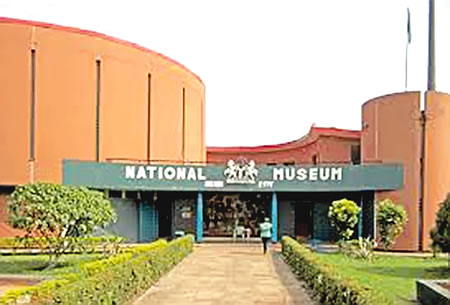Museum is a non-profit permanent institution in the service of the society and its development. Every existence of a museum is necessitated by the collections it acquires.
These are both the cultural and natural heritage of a country which has aesthetic, historical, scientific, socio-cultural and technological values. Some may be tangible, others intangible but all form the primary reasons for the museum’s existence, as they serve as working tools and this means that without objects/collections, there will be no museum.
Objects are said to be the material evidence of man and his environment, which are historical, cultural, scientific or technological values. These objects are also referred to as artifacts or antiquities. They are called artifacts or antiquities because they are made by man and are of historical or scientific values.
Antiquities are ancient in nature, or relics of the past (often from 100 years and above), which are usually very fragile. Hence, today’s artifacts are tomorrow’s antiquities.
When artifacts or antiquities are grouped or assembled together, they are termed as ‘collections.’
Collections, therefore, constitute the assemblage of anthropological, biological and geological objects acquired because of their scientific, historic and educational significance.
It is important to point out here that museum collections go beyond objects as they include tangible and intangible collections, living and non-living things.
Therefore, proper handling of collections is important in a museum as professionals come in contact with them when documenting, packaging, conducting exhibitions and carrying out researches, among others.
It is a known fact that most museum collections get damaged or get deteriorated quickly as a result of poor handling since most of these collections are fragile.
One of the ways of handling museum collections is dressing up to handle them. It is important for those handling collections to be properly trained to do this, and among the things they need to master is wearing of hand gloves. There are also different types of hand gloves, but the most commonly used are the cotton hand gloves and latex surgical hand gloves.
It is also important to dress smartly, like wearing T-shirt or short sleeve shirt, while a lab coat is also necessary.
The person handling a collection must not use dangling wristwatch and must remove all jewellery, while female officers should tie back long hair, wear flat and comfortable shoes.
It is also important to plan the move each time an object is expected to change location to ensure safe delivery.
Examining the tools to be used and using both hands to handle the object are also very important in order to prevent damaging the object.
- Ogunbiyi is Principal Technical Officer (Conservation), National Museum of Unity, Ibadan.




